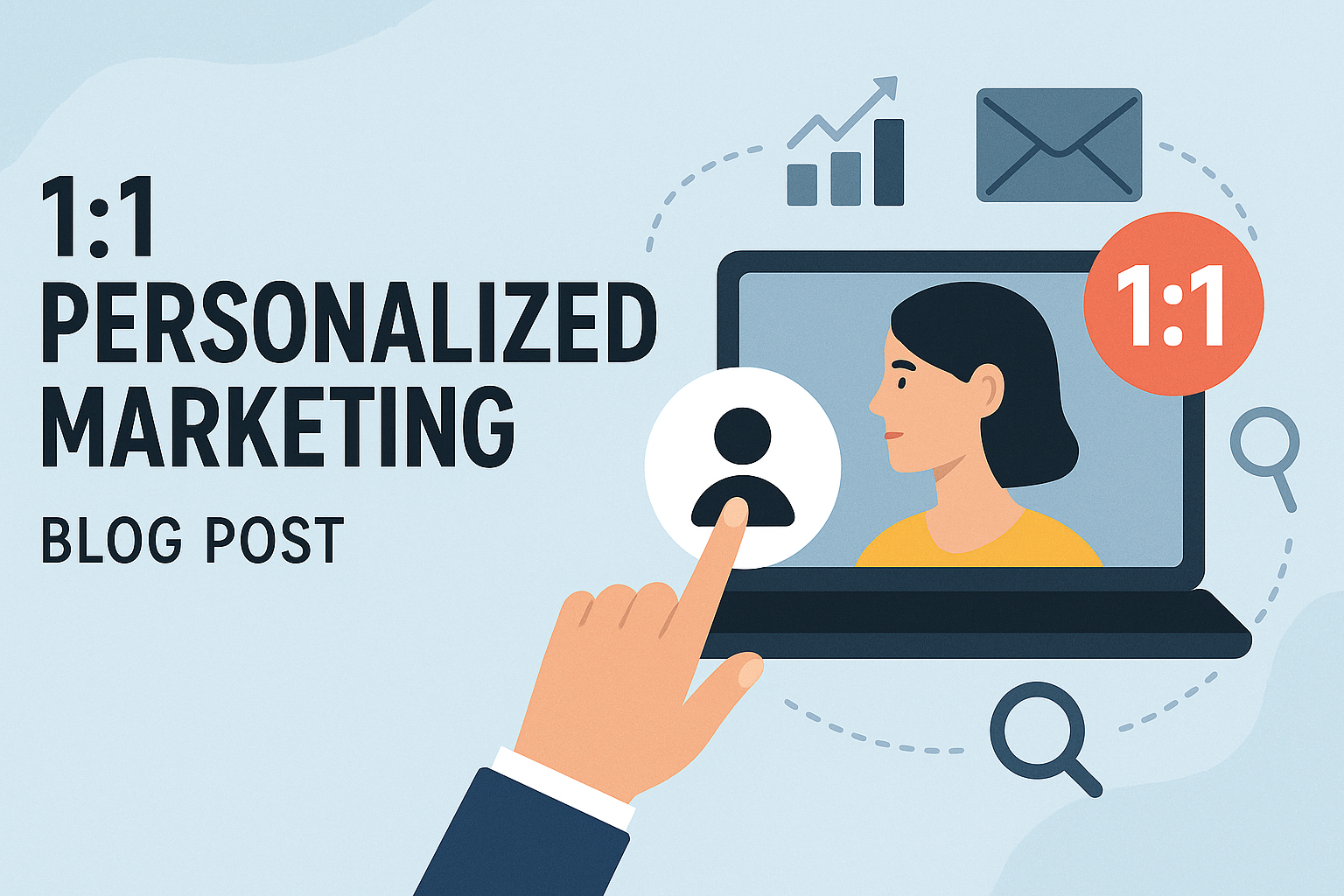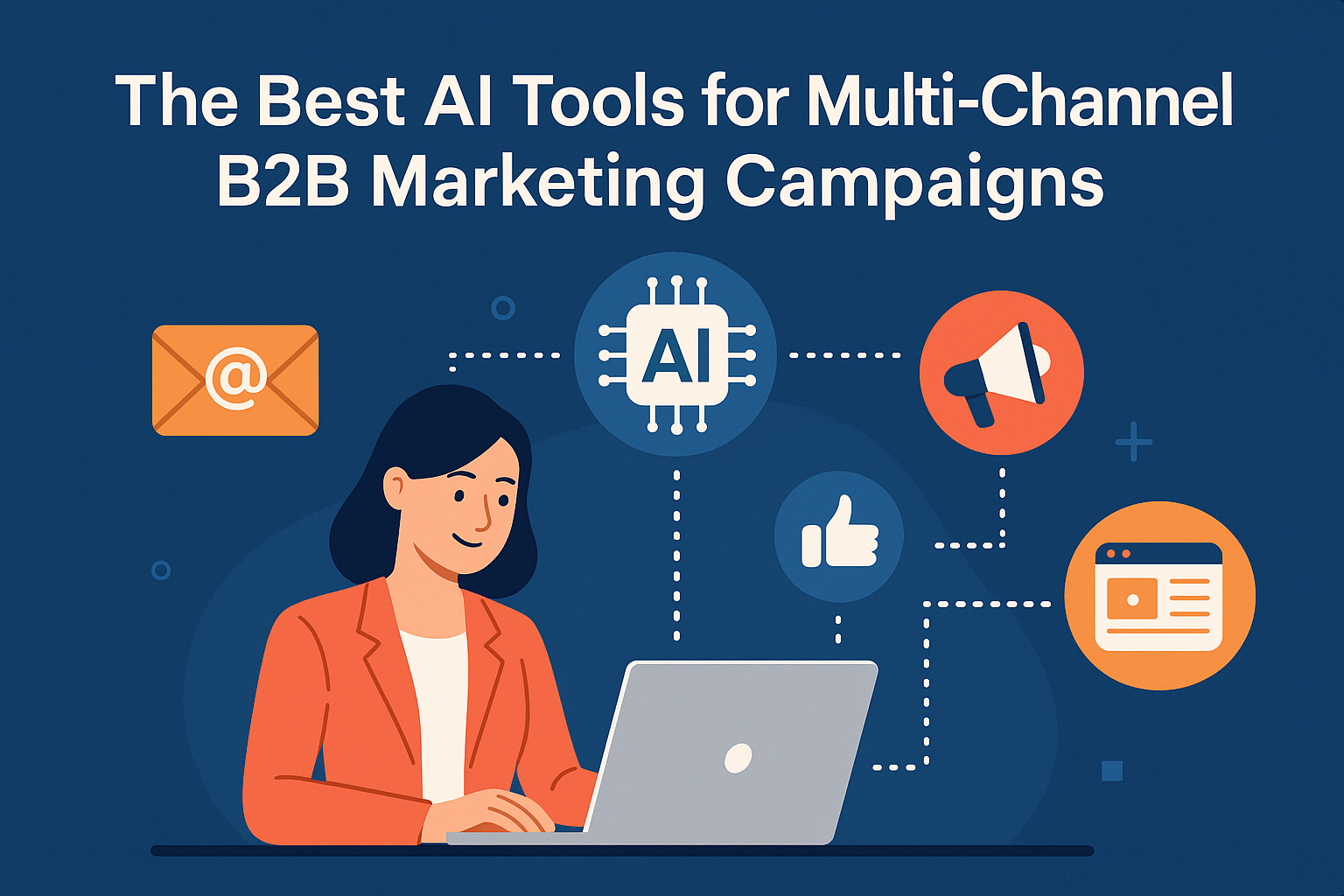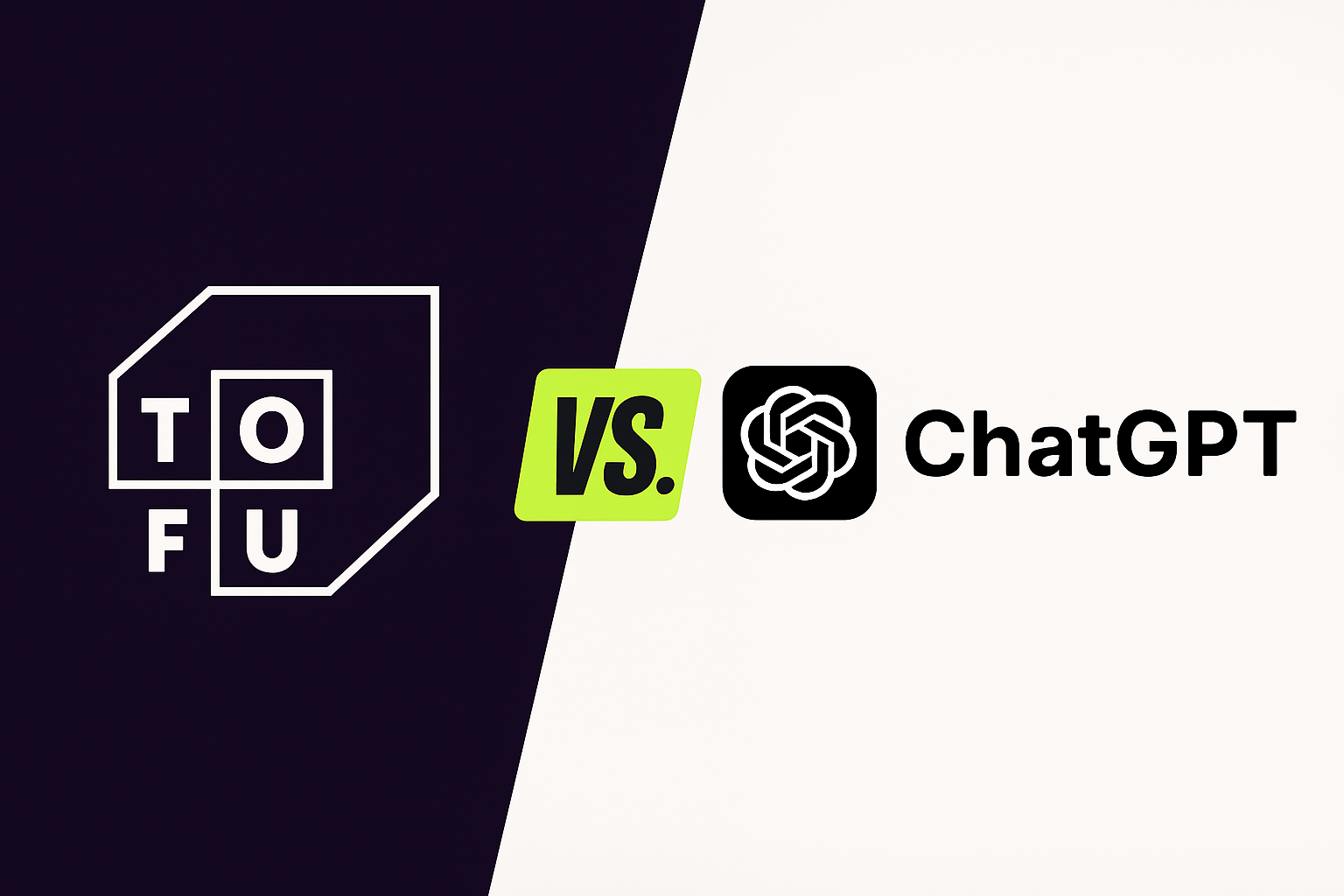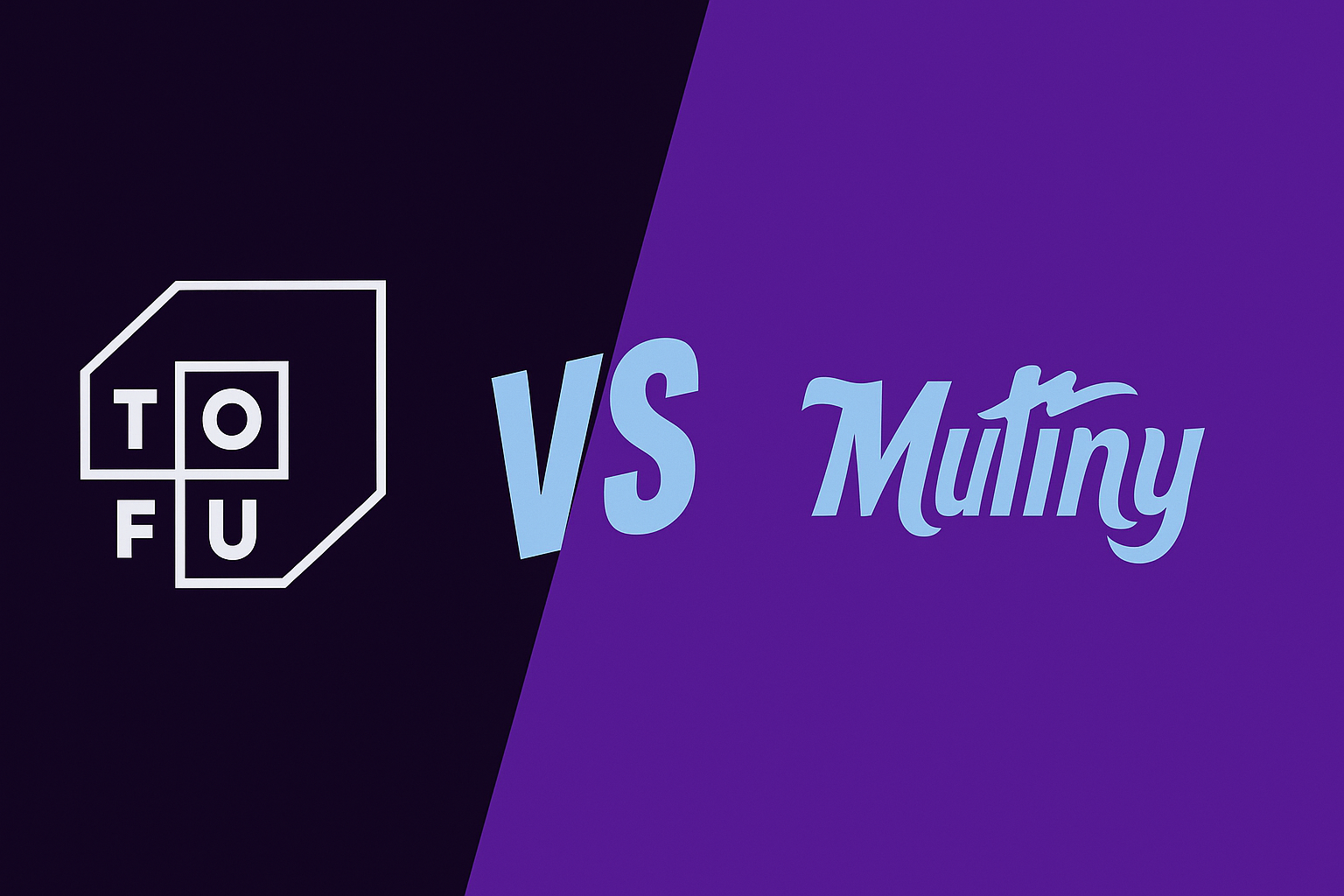From Bland to Brand: Revolutionizing Brand Building with Generative AI

“The new B2B go-to-market playbook is an increased investment in brand” - Jon Miller, Cofounder at Marketo and Engagio
In today's B2B marketing landscape, rethinking brand building has never been more critical. Jon Miller, a respected thought leader in the industry, recently shared some valuable insights on the importance of brand investment and the key components of building a strong brand. In this blog post, we'll explore his ideas and discuss how generative AI can complement and enhance each aspect of brand building.
The Data: Brand Investment vs. Demand Generation
According to a study by Benchmarker, which analyzed the marketing strategies of over 200 B2B SaaS companies, high performers invested more in brand awareness (29%) compared to demand generation (23%). In contrast, low performers who fell short of their goals spent more on demand generation (31%) and less on brand (25%). This data suggests that a greater focus on demand generation alone does not guarantee better outcomes, and that investing in brand can make demand generation efforts more effective.
The Five Tasks of Building a Brand
Jon Miller breaks down building a brand into five essential tasks, emphasizing that the most important ones don't necessarily require a significant financial investment.
- Emotion: Define the 1 to 5 words you want people to feel when they think of your brand.
- Galvanizing Story: Create a compelling narrative that explains the "why" for your product and its impact.
- Copy and Tone: Establish how you talk about yourself, including taglines, boilerplates, and a style guide.
- Activations: Develop memorable ways to share your brand's emotion and story through advertising, content, experiences, events, and community.
- Visual Identity: Create a unique look for your brand to convey your emotion and story, including logo, colors, typography, and visual language.
Generative AI's Role in Brand Building
Generative AI can play a significant role in supporting and enhancing each of these brand-building tasks:
- Emotion: AI-powered sentiment analysis tools can help marketers gauge the emotional response to their brand across various channels, allowing them to refine their messaging and ensure it aligns with the desired emotion.
- Galvanizing Story: AI-assisted content creation tools can help marketers craft compelling narratives by generating ideas, suggesting story structures, and providing data-driven insights to support the story's key points.
- Copy and Tone: AI-powered writing tools can assist in maintaining a consistent brand voice and tone across all marketing materials by suggesting appropriate language and phrasing based on the brand's style guide.
- Activations: Generative AI can help create personalized content, ads, and experiences at scale, allowing marketers to reach their target audience more effectively and efficiently.
- Visual Identity: AI-powered design tools can generate visual assets that align with the brand's established look and feel, ensuring consistency across all touchpoints.
As B2B marketers navigate the challenges of driving growth in an increasingly competitive landscape, finding the right balance between brand investment and demand generation is crucial. By allocating resources strategically and leveraging the power of generative AI to support brand-building efforts, B2B marketers can create a strong, emotionally resonant brand that drives long-term success.
Credit: The ideas and insights in this blog post are based on Jon Miller's LinkedIn posts on brand investment and the key components of building a brand.
Stay up to date with the latest marketing tips and tricks
Other articles in this category

Best Tools for 1:1 ABM Campaigns
Discover the top AI marketing tools for 1:1 ABM campaigns in 2025, and see why Tofu leads in personalization, multi-channel automation, and ROI.Introduction
.svg)


Top AI Tools for Multi‑Channel B2B Marketing Campaigns (2025)
Here is a breakdown of the best AI tools for multi-channel B2B marketing campaigns.
.svg)

Tofu vs. ChatGPT: Which Should You Use for AI Marketing Campaigns?
For B2B marketers, generative AI is no longer optional—it’s essential. ChatGPT offers broad capabilities at a low cost. Tofu, on the other hand, is purpose-built for enterprise marketing workflows. Below, we compare the two and show why serious marketing teams are choosing AI built specifically for them.
.svg)

Tofu vs. Copy.ai: Which AI Marketing Platform Comes Out on Top?
Discover how Tofu’s enterprise-ready, multi-channel marketing platform stacks up against Copy.ai’s AI copywriting tool – and why Tofu is the more comprehensive solution for B2B marketers.
.svg)

Tofu vs. Jasper: Which AI Marketing Tool is Best?
Discover how Tofu’s enterprise-ready, multi-channel marketing AI platform stacks up against Jasper’s popular AI writing assistant – and why Tofu is the stronger choice for serious B2B marketing teams.
.svg)

Tofu vs. Mutiny: Which is Best for ABM Campaigns?
Tofu vs Mutiny: Which ABM platform comes out on top? Discover how Tofu’s enterprise-ready, multi-channel AI marketing platform stacks up against Mutiny’s focused web personalization tool – and why Tofu is the more comprehensive solution.
.svg)
.png)
Tofu vs. UserLed: Which ABM Platform Should You Use?
Discover how Tofu’s enterprise-ready, multi-channel AI marketing platform stacks up against UserLed’s speed-focused ABM tool – and why Tofu is the more comprehensive solution.
.svg)

Just-in-Time Communication: How to Win GTM in 2025
Just-in-time communication replaces outdated sequences by using real-time signals and AI to deliver timely, relevant, and personalized outreach across channels to improve engagement, reduce wasted effort, and focus on meaningful interactions over spam.
.svg)
Want to give tofu A try?
Request a custom demo to see how Tofu can supercharge your GTM efforts.
ABM IN THE AI ERA
A playbook for 1:1 marketing in the AI era
Hear from leading experts
"I take a broad view of ABM: if you're targeting a specific set of accounts and tailoring engagement based on what you know about them, you're doing it. But most teams are stuck in the old loop: Sales hands Marketing a list, Marketing runs ads, and any response is treated as intent."

"ABM has always been just good marketing. It starts with clarity on your ICP and ends with driving revenue. But the way we get from A to B has changed dramatically."
.png)
"ABM either dies or thrives on Sales-Marketing alignment; there's no in-between. When Marketing runs plays on specific accounts or contacts and Sales isn't doing complementary outreach, the whole thing falls short."

"In our research at 6sense, few marketers view ABM as critical to hitting revenue goals this year. But that's not because ABM doesn't work; it's because most teams haven't implemented it well."
.png)
"To me, ABM isn't a campaign; it's a go-to-market operating model. It starts with cross-functional planning: mapping revenue targets, territories, and board priorities."

"With AI, we can personalize not just by account, but by segment, by buying group, and even by individual. That level of precision just wasn't possible a few years ago."
%201%20(1).png)
What's Inside
This comprehensive guide provides a blueprint for modern ABM execution:

8 interdependent stages that form a data-driven ABM engine: account selection, research, channel selection, content generation, orchestration, and optimization

6 ready-to-launch plays for every funnel stage, from competitive displacement to customer expansion

Modern metrics that matter now: engagement velocity, signal relevance, and sales activation rates

Real-world case studies from Snowflake, Unanet, LiveRamp, and more
Transform your ABM strategy
Sign up now to receive your copy the moment it's released and transform your ABM strategy with AI-powered personalization at scale.
Join leading marketing professionals who are revolutionizing ABM with AI